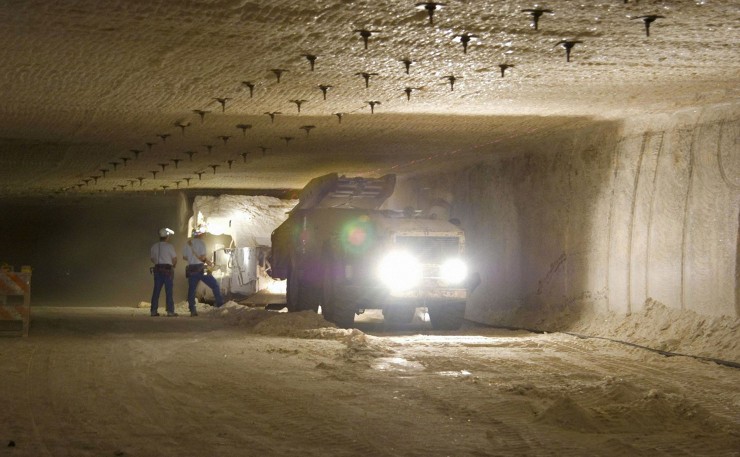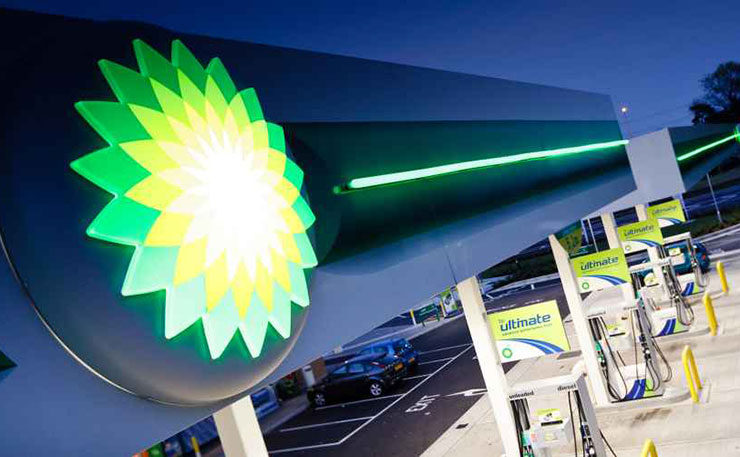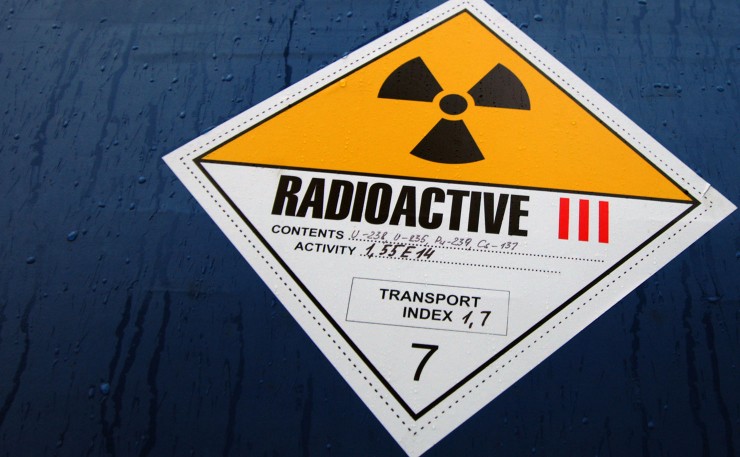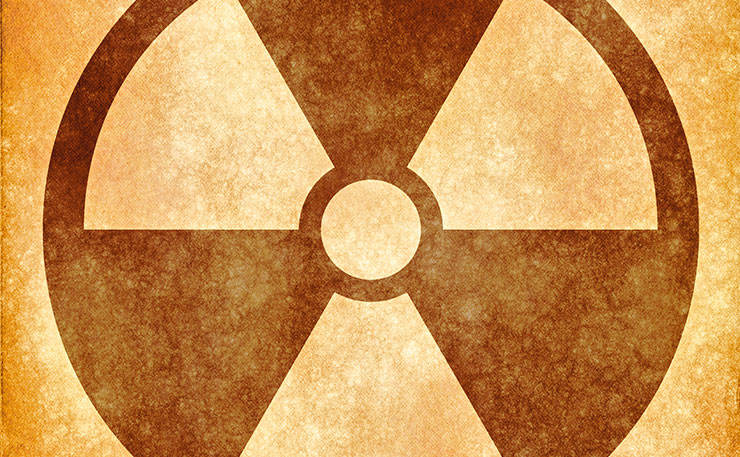People are scared of all sorts of things. Some of it’s rational. Some of it’s not. Geoff Russell thinks bacon is scary. He’s not so sure about nuclear waste.
A largish crowd, by Adelaide standards, gathered on the steps of the South Australian Parliament last weekend demanding that the Government ignore the careful considerations of the Nuclear Fuel Cycle Royal Commission in commending the merits of a high level waste repository in South Australia.
You can see some pictures here.
I’ve met quite a few people lately who are still frightened of nuclear waste, and critics of my articles on NM voice similar fear. But I can’t help noticing that not a single person I meet, nor any of the NM commenters, seems capable of explaining the substance of their fear. They generally just mutter something about future generations or our great grandchildren’s great grandchildren.
Film director Scott Hicks – of Shine fame – read from the same basic script at Saturday’s rally: “Why would we want to leave a legacy for our children’s, children’s children and beyond 100,000 years, that can never be taken away?”.
Was he talking about $5.6 billion of annual revenue the project is estimated to be worth? Probably not.
Wheeling out a film director for the cause was a nice touch, so much better than a radiation expert. I’ve commented before on the similarity between nuclear fear campaigns and horror movies.
The waste issue in particular is very much like just such a movie where all the cast seems sure there’s a monster in the final reel, but no-one seems to know what it looks like… not even the director.

All they’ll say is: “Don’t you worry about that, it’ll scare the pants off you when it arrives!”. And it’s considered rude to ask those vexed with waste woes how something, be it nuclear waste or the tooth fairy, can magically transport itself back up into the daylight from a shaft drilled 500 meters into a slab of granite, for example, that’s been stable and undisturbed for a billion years.
So let’s step back and try to work out what the hell people are scared of.
Before looking at bodily risk, we need to consider the other, and perhaps more fundamental, reason people fear nuclear waste. Namely that they see it as unnatural and somehow yucky.
Strictly speaking, the unnatural bit is wrong. It was predicted by physicists back in the 1950s that fission, the reaction that takes place in a nuclear reactor, could occur naturally and it didn’t take too long to find just such a site; actually 16 of them.
These tiny natural reactors were found at Oklo in Gabon, Africa and they fissioned away for a couple of hundred thousand years producing the first nuclear waste; which has been sitting there doing nothing to anybody’s children’s children for about 1.7 thousand million years.
In any event, the use of “unnatural” as a sticking point is kind of weird given our use of antibiotics, phones, motor cars, refrigerators, aluminium, plastic, PV solar cells, lead-acid batteries, lithium-ion batteries, stainless steel, soap, LED lighting, non-LED lighting and much else besides.
Without any significant exception, we all choose unnatural alternatives on a daily basis, without blinking. The natural response to bacterial infection is frequently death; and that sucks.
I have no doubt that yuck-based fear can be genuine and distressing, but should Governments build climate change policy around it? No.
Now let’s move on to actual risks, assuming we can find any; the kind which might kill people or reduce their lifespan.
Let’s start with an analogy and consider petrol stations. Has the risk from a petrol station exploding and levelling a three square kilometer area ever kept you sleepless? Why not? If you could ignite the entire supply of petrol at a large modern petrol station, the energy would be equivalent to about half an Hiroshima sized atomic bomb. So, if you did it right, you could indeed lay waste to about three square kilometers.

So why is nobody frightened?
I suspect people aren’t worried because petrol stations and petrol station accidents are familiar. People aren’t worried because they have experience of the normal scale and rarity of petrol station accidents. We aren’t worried precisely because we know they go bang and kill people from time to time; but not very often.
Any attempt at scaring people with stories of us being just one spark away from Armageddon would probably prompt requests for proof. And that would involve some weird story about a massive combustion chamber fed by banks of carburetors generating a careful fuel-air mixture and giant spark plugs which everybody would think was simply nutty.
But nuclear waste isn’t familiar, never goes bang, never kills people, is routinely transported without incident in countries all over the planet. This paradoxically makes it that much easier to maintain a fiction of fear.
You can tell people it’s dangerous and there are no accidents for them to compare against, so they just nod in zombie like agreement.
There was actually a waste repository accident in the US in 2014. A truck hauling salt caught fire, and 22 workers got about the same radiation dose as if they’d done three cross-country (US) flights. It would perhaps help if we had a lot more such accidents so people can get used to the fact that waste accidents really are trivial… except for the smoke and the fire; both of which posed a far bigger risk to the workers.
For three decades the anti-nuclear movement has been telling people that a nuclear waste repository will be dangerous and never provided a credible story on how one could go wrong on a catastrophic scale. Not one. Not in the short term or in the very long term.
There are many credible mechanisms for repository failure and they are all dutifully examined by repository designers. Here’s a summary from the Yucca Mountain repository EIS in the US. The biggest risk involved in building and operating this repository is the same as the biggest risk in most large projects involving lots of trucks… traffic accidents.
Over the 24 years of repository operation they expect 10-17 fatalities among workers commuting.
But mundane deaths are never of interest to purveyors of horror. Wind and solar power as it happens, both involve the mining, manufacture and transport of vastly more stuff than nuclear power, and hence are far more dangerous and environmentally destructive. But nobody gets agitated about actual death and destruction compared to fictional future fantasies.
The Yucca EIS calculated that people living in the vicinity (within 18km) of the repository a million years from now, under much warmer conditions, would receive an extra 1.5 milli Sieverts of radiation annually. People living in parts of Kerala in Southern India get some 68 milli Sieverts of radiation annually over and above normal background rates, and their cancer rate is about a third of that in the US or Australia. But the big causes of the differences in cancer rates are of no interest to purveyors of radiation porn.

Is there any credible mechanism to generate significant risk from a high level waste repository? What sort of repository? You mean there’s more than one kind? Of course.
The South Australian Royal Commission included details on a few that are being planned or under construction. They each used a different methodology. This isn’t a problem with a single brilliant and ingenious solution. Any country will have the kinds of skilled people that can produce a credible solution suitable to the geography at hand.
The French design uses a hole dug into clay; the Fins are digging into granite.
The short answer is that no, there is no credible catastrophe scenario. There is no credible scenario that poses a significant risk.
I tend to define significant risk as any risk exceeding that of a bacon habit. So you can crash planes into a waste repository, you can crash them into the casks of waste being transported to the repository and apart from the obvious risks to the truckies and pilots, the risk to the public is still zero to trivial, and not in any way comparable to a bacon habit.
Red and processed meat causes thousands of cancers annually in Australia and there are no credible accident or long-range failure scenarios associated with nuclear waste repositories that come close.
If you have a bacon habit but are frightened of a waste repository, then that’s irrational. But fear can be like that.
Many people are afraid of flying despite knowing that it’s the safest form of long distance travel.
Happily, such people understand that the problem is theirs and they don’t run around demanding the abandonment of air travel; not so those worried about nuclear waste.
Donate To New Matilda
New Matilda is a small, independent media outlet. We survive through reader contributions, and never losing a lawsuit. If you got something from this article, giving something back helps us to continue speaking truth to power. Every little bit counts.





